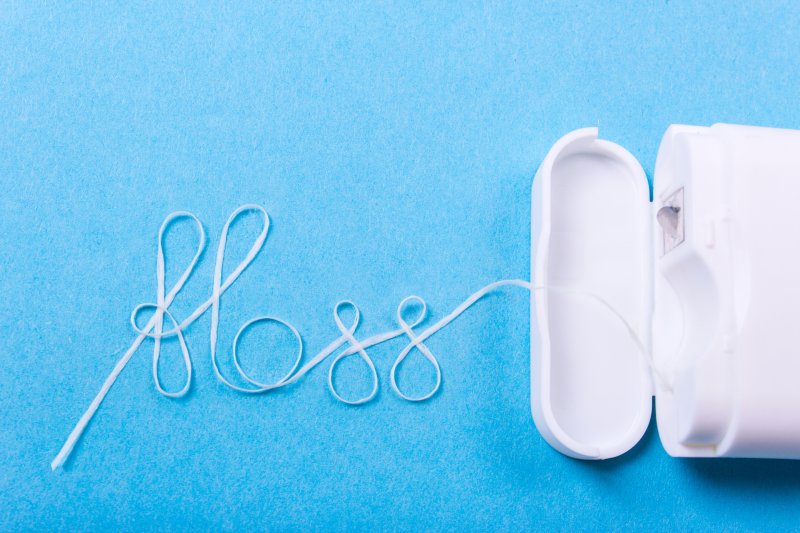How Should I Floss with Dental Implants?
June 13, 2024

Dentists consider dental implants to be the best form of tooth replacement available, and for good reason. These wonderful artificial teeth are designed to look and work just like the real thing, and they can handle all sorts of foods since they are surgically placed in and naturally fused with the patient’s jawbone. While they can last for several decades or even a lifetime, they require the right care and hygiene to make it that far. Here’s a brief guide from your dentist to flossing with dental implants so you can enjoy a healthier smile.
Why Do I Need to Floss My Dental Implants?
Since dental implants are immune to tooth decay, some patients may be tempted to think that they don’t need to worry so much about oral hygiene after receiving them. The truth is that dental implants largely depend on the gums to remain healthy and stable, and a lack of hygiene can lead to infections that make these prosthetic appliances fail sooner. Flossing removes trapped food particles from between the teeth so that they cannot feed harmful oral bacteria, thereby preventing inflammatory conditions like peri-implantitis that threaten the health of dental implants.
How Should I Floss with Dental Implants?
Flossing with dental implants is not unlike flossing your natural teeth, but the major difference is that the implants do not have the same connective tissue holding them in place. With natural teeth, this connective tissue helps protect gum injuries during flossing by sending pain signals to the brain if the floss slides too deeply beneath the gumline. Since dental implants aren’t supported by this tissue, it’s important for patients to be mindful of how hard they are flossing to prevent damage.
A good flossing routine should go as follows:
- Cut a length of dental floss of about eighteen inches and carefully slide it between your teeth.
- Move the floss up and down against either side before gently removing it from the space and moving on to the next pair of teeth.
- Some patients like using floss threaders to help them position the floss beneath the prosthesis.
- Take care to move the floss along the edges of the implant and crown to remove buildups of plaque and bacteria.
- Some patients prefer to use water flossers instead of traditional floss.
Flossing is an essential part of a proper oral hygiene regimen. With excellent care, you can set up your dental implants to last for many years to come.
About the Author
Dr. Jonathan Aguilar earned his dental doctorate at Texas A&M Health Science Center Baylor College of Dentistry and stays abreast of the latest techniques and technologies in his field through continuing education courses. His office in Denton, TX, offers general, restorative, cosmetic, and emergency dentistry as well as dental implant services. For more information about proper dental implant care, contact his office online or dial (940) 566-5332.
